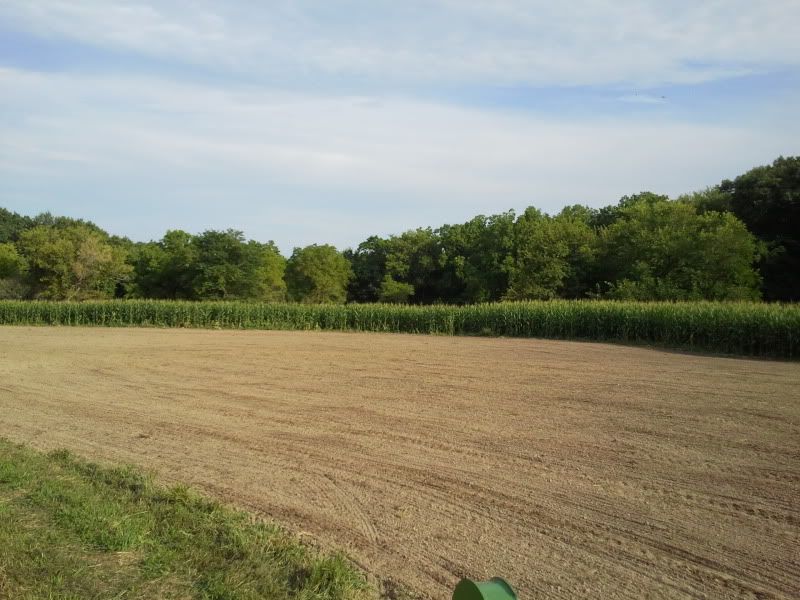I one farm on which I help manage the habitat, we converted 2 old pastures into food plots and we are going on 4 years now of a brassica and winter rye/oat/pea/radish and red clover rotation thru the use of strip plots. The difference in soil tilth is amazing after turning under the rye straw and lush knee high red clover for a number of years. The hard clay subsoil that had been trampled for decades by cattle and leached dry of nutrients is now a beautiful, productive loamy soil!
Once so hard I could barely plow or till it, it now works up like a dream and each year the crops are better then the year before!
Regardless if you have sand or clay soils, you can improve them by turning under tons of organic matter by including clovers and/or vetches with your fall rye combination planting. In the fall it's ok to "crowd" the limits to the point of overseeding IF the right combinations are used.
Peas for instance can be sown heavily because deer will almost always rapidly graze them to the dirt, clovers and vetch will remain small during the fall but leap to life the following spring. Forage radish will mine subsoil nutrients and break up hard pan soils but won't have the competing canopy of other brassicas such as rape and turnips.
The rye and oats will usually be grazed hard and the oats will eventually freeze out leaving behind a nice killed mulch to help hold the soil and protect clover seedlings. The following spring the rye (having fed deer all winter) will help prevent tiny weed seeds from germinating and produce a beautiful root system that will release scavenged nitrogen when it decomposes.
Finally...the red clover and/or vetch will grow like wild fire in the spring, smothering weeds and fixing copious amounts of nitrogen and then add several tons of wonderful biomass to the soil when turned under, over time helping create the beautiful top soil shown in the pictures above.
This mix is what I use to attract and hold whitetails literally year around as well as build up more productive soils....
I mix the following:
Winter rye 50-80#'s per acre (56#'s = a bushel)
Spring oats 80-120#'s per acre (32#'s = a bushel)
Austrian Winter Peas or 4010/6040 Forage peas 20-80#'s per acre
Red Clover 8-12#'s per acre or white clover at 6#'s per acre
Groundhog Forage Radish 5#'s per acre
Plant seeds roughly 1-2" deep, and then cultipack to cover, broadcast clover and radish seed and re-cultipack
Plant fall grains no earlier then the last week of August through mid September, earlier is better when adding peas and clover
On dry sandy soils you may need to substitute the red clover with hairy vetch or mixing 10-20#'s per acre along with red clover. Crimson clover will perform better on loamy well drain soils and could also be mixed in on sandy soils but on clay soils the mix above will probably be the best bet.
In addition you'll find less weed and pest problems, lower fertilizer and herbicide bills when you incorporate the above mix into your plot rotations....























